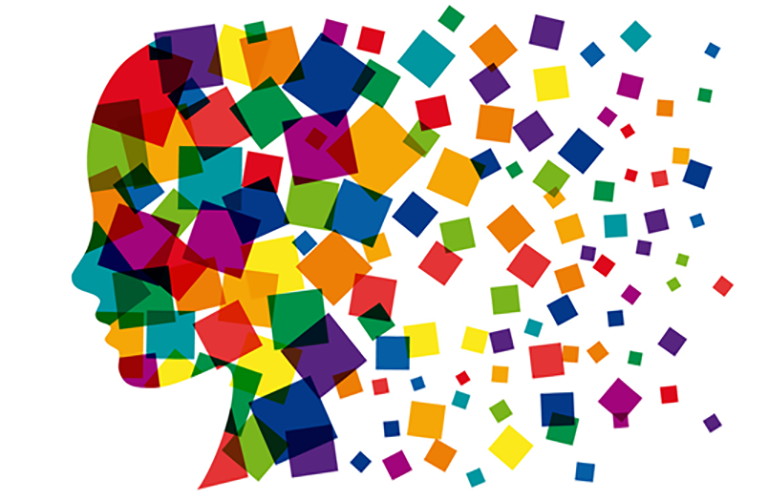Psychology Research Team Identifies Creative Anxiety
June 11, 2019 — A new study by a research team at Georgetown provides the first evidence of a form of anxiety that is specific to thinking creatively and points to ways that this kind of anxiety may limit an individual’s creative potential.
Psychology graduate student Rich Daker served as lead author on the paper “Creativity Anxiety: Evidence for Anxiety Specific to Creative Thinking from STEM to the Arts,” with fellow student Rob Cortes (C’18), Professor Adam Green and Professor Ian Lyons co-authoring. The paper will be published in the American Psychological Association’s Journal of Experimental Psychology.
The researchers asked college students and a large group of online respondents to rate how anxious they would feel in various hypothetical situations that would require them to think creatively (e.g., having to think “outside the box”) or non-creatively (e.g., having to think “by the book”). This allowed researchers to distinguish anxiety about thinking creatively from anxiety about having to do more precise kinds of thinking.
“We were interested to find out what might be behind something that we had noticed in the real world, including in our labs. People often shy away from coming up with their own new ideas and say things like ‘Oh, I’m not a creative person’ — and that even includes very smart people who can otherwise manage highly complex tasks,” Lyons said. “We suspected there might be something specific about having to generate something new and creative that causes anxiety for lots of people, and that’s what these new findings tell us — that creativity really is special when it comes to anxiety.”
Fostering creative thinkers has become a primary goal of educators from kindergarten through graduate school, and prior research has shown that the ability to think creatively is a consistent predictor of academic achievement.
“Factors that keep people from realizing their creative potential are likely to have substantial impacts on achievement and opportunity now and in the future,” Green said.
Green and Lyons’s research has further implications for better understanding the gender disparity in the emerging technology industry, where competition for new ideas is fierce and creative thinking is highly valued.
The study found that differences in creativity anxiety predicted differences in real-world creative achievement. The experience of creativity anxiety, relative to anxiety in noncreative situations, was higher in women than in men.
“One of the most interesting things about this work is that it gave us a chance to push the boundaries of how people usually think about creativity,” Lyons said. “We saw a consistent pattern of results not only for the typical creative areas like the arts, but also for areas like math and science that people don’t often think of as being creative — even though they really are. Looking through the lens of anxiety, the findings support the notion that creativity is more about how you think (and feel) than it is about what you do.”
